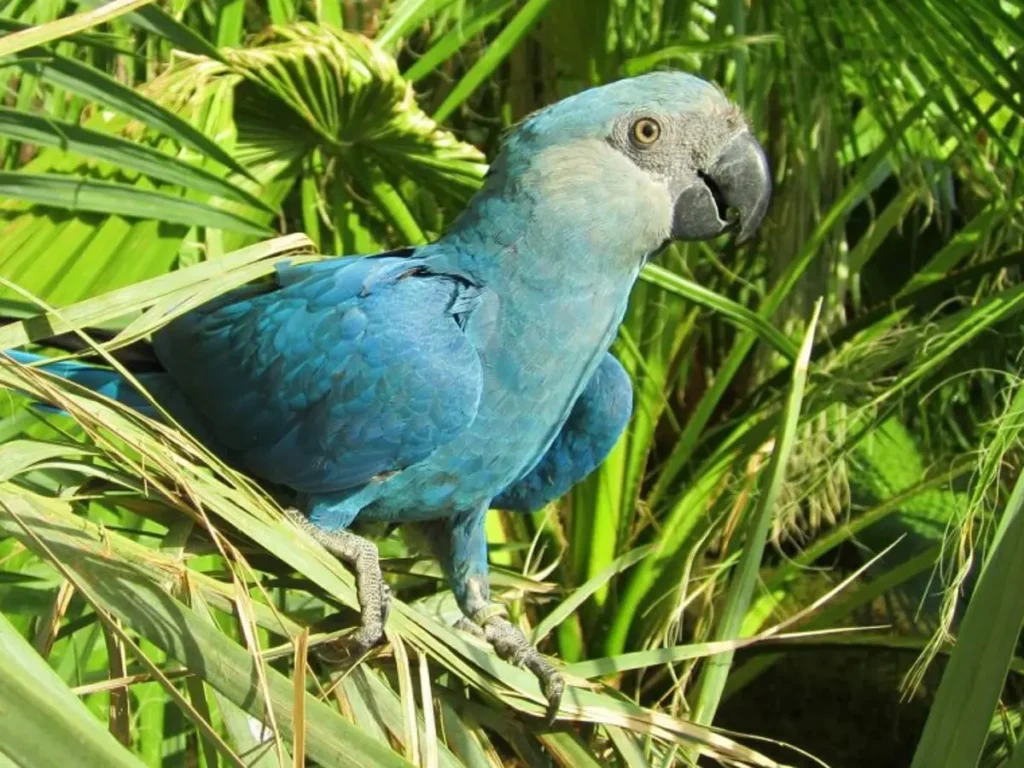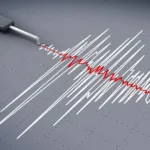Human Activity Driving a Global Ecological Crisis
In a recent study, ecologists have sounded a dire warning about the impact of human activity on the natural world. They argue that our actions are causing a crisis comparable to the one that wiped out the dinosaurs, albeit in slower motion but no less deadly. The consequences are grave, affecting not only the survival of various species but also the conditions essential for human life.
Unprecedented Threat to Evolution and Civilization
Ecologists emphasize that our actions are altering the course of global evolution and undermining the very foundations that sustain human existence. They view this as an irreversible threat to both civilization and the future habitability of our planet for Homo sapiens.
The Visible Signs of the Sixth Mass Extinction
Over the past few months, evidence of the sixth mass extinction has become increasingly apparent. Mass deaths of seabirds, fish washing ashore in large numbers, and sea lions succumbing to heat-induced algal blooms have been observed. Penguins have failed to breed, and researchers have reported a troubling decline in insect populations.
Alarming Extinction Rates
Gerardo Ceballos from the National Autonomous University of Mexico and Paul Ehrlich from Stanford University have conducted a study that reveals the extent of our impact. They found that we have driven 73 genera of vertebrate animals to extinction in the last 500 years. This rate is 35 times higher than what would have occurred naturally without human influence.
Loss of Ecological Functions
The researchers explain that this extinction event is like severing entire branches of the tree of life. This interconnected web of species and their functions within ecosystems is crucial for maintaining the balance of our biosphere. The loss of specific groups of species can trigger severe cascading consequences.
Immediate Consequences for Humans
The extinction of certain species can directly impact human well-being. For example, the disappearance of mosquito-eating frogs has contributed to an increase in malaria infections in Central America. We are intimately connected to the stability of the tree of life.
Accelerating Extinction
Ceballos and Ehrlich predict that the rate of general loss will continue to rise. If all currently endangered genera vanish by 2100, it would be equivalent to a 300-year loss, which under normal conditions would take 106,000 years.
Loss of Unique and Vital Species
Often, the most vulnerable and unique species are the ones at greatest risk. Their extinction represents the loss of millions of years of evolutionary history and critical ecosystem functions that cannot be easily replaced.
Climate Change Aggravates the Crisis
Climate change further destabilizes ecosystems, disrupting the timing of vital services like pollination and facilitating the invasion of new species.
A Multifaceted Crisis
The crisis extends beyond climate change, involving factors such as plastic pollution, pesticide use, habitat destruction, and poaching.
Urgent Action Needed
The researchers stress that immediate, large-scale efforts are essential to prevent further extinctions and the societal repercussions that come with them. Unlike the comet that wiped out the dinosaurs, we are aware of our actions and can change course.
A Pivotal Two Decades Ahead
The next two decades will likely determine the fate of biodiversity and our species, making it crucial for us to take decisive action to protect our planet and the delicate balance of life it sustains.
Tweets
This research was published in PNAS.
Also Read: Top Gun 3: Tom Cruise Not Replaced – Staying True To His Rule






